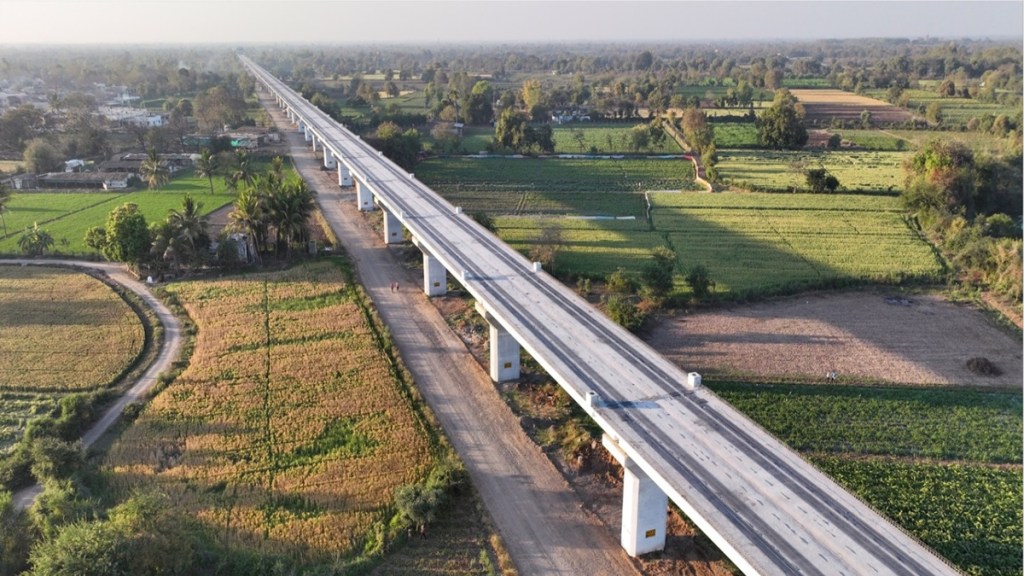Indian Railways is working on a mission mode to develop the surrounding areas of Mumbai – Ahmedabad High Speed Railway (MAHSR) stations. In this context, the Ministry of Railways and Ministry of Housing and Urban Affairs (MoHUA) has inked a memorandum of understanding (MoU) with Japan International Cooperation Agency (JICA) for Project – SMART.
The Project-SMART aims to enhance accessibility and convenience of commuters and other stakeholders as well as to promote economic activities in the vicinity of station areas. The project would facilitate the institutional capacity of state governments, Municipal Corporations and Urban Development Authorities to plan, develop and manage surrounding areas of MAHSR stations.
The MoU has been signed for four high speed rail stations. These are: (a) Sabarmati, (b) Surat, (c) Virar, and (d) Thane. The high speed rail corridor has a total of 12 stations. Of these, Surat, Virar and Thane are Green field stations. Gujarat’s Sabarmati station is a Brownfield development.
Last week, the National High Speed Rail Corporation Limited (NHSRCL) started the training of Indian engineers for the High-Speed Rail Track system of MAHSR corridor’s T-2 Package. The T-2 package covers a distance of 237 km between Vapi and Vadodara.
The move aims to ‘Transfer of Technology’ of the Japanese HSR track system. The ballastless Slab Track system will be used in the country’s first HSR project. It is also known as the J Slab track system. This is commonly used in Japanese Shinkansen High Speed Rail.
The training will be imparted by JARTS, a non-profit organisation in Japan. About 1,000 engineers/work leaders/technicians will be trained to work at the site for track construction works. The track system in Japan is unique in the world. It requires a very high skill of knowledge to lay it. The track is one of the most important components of the High Speed Rail system and it needs to be laid to a very high degree of accuracy.
